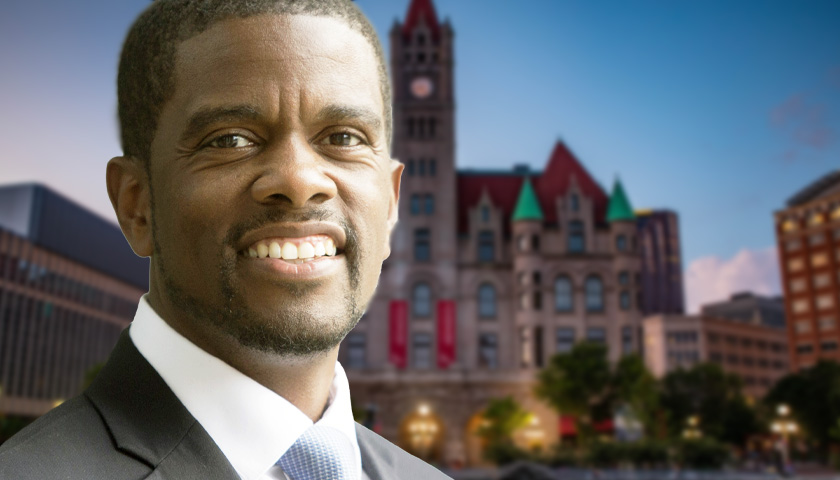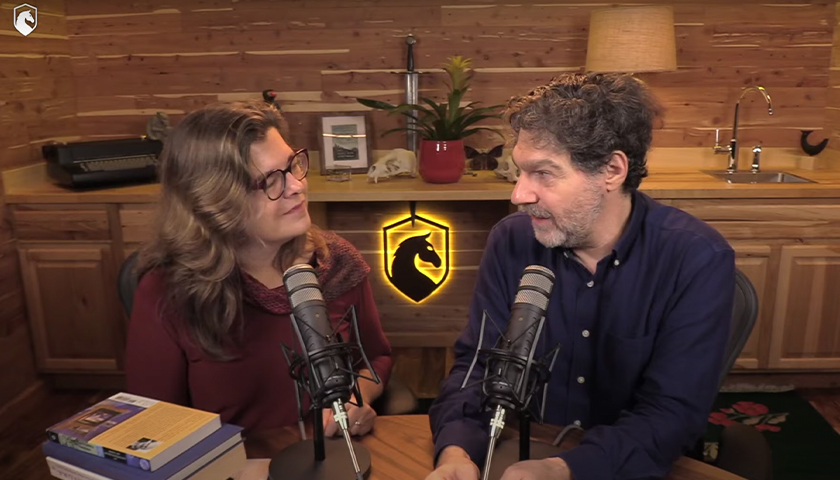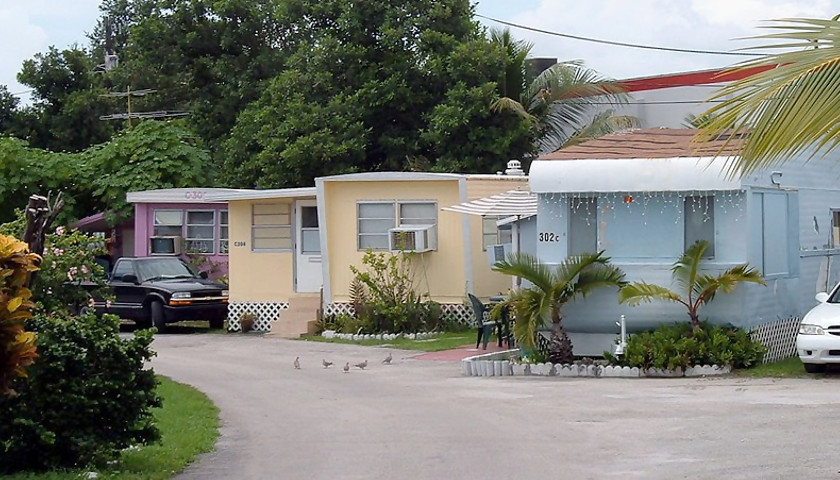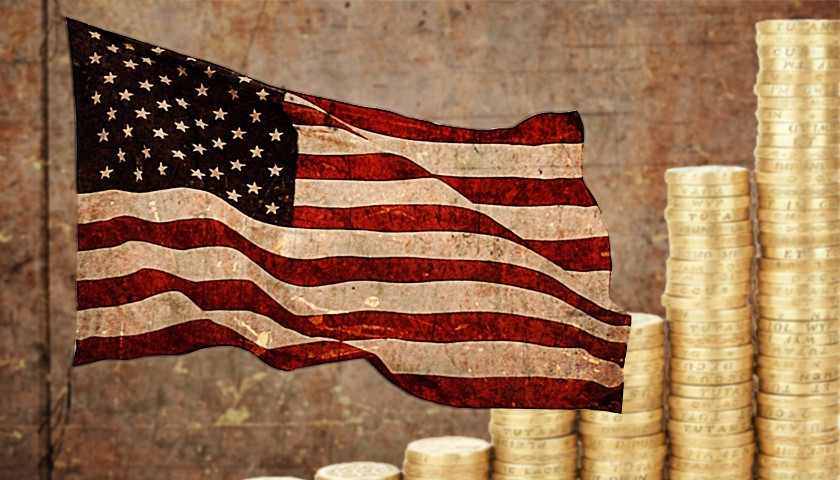Arizona State University’s Barrett Honors College is sponsoring a “Health, Wealth & Happiness” panel discussion on February 8 featuring Rich Dad Poor Dad bestselling author Robert Kiyosaki, conservative leaders Dennis Prager and Charlie Kirk, and wellness expert Dr. Radha Gopalan. Most of the faculty at Barrett — 37 of 47 members as of February 2 — denounced Kiyosaki, Prager, and Kirk in a February 1 letter addressed to the dean. Kiyosaki spoke to The Arizona Sun Times about the criticism.
“If they picket me, this won’t be the first time I’ve been received like this,” he said. Kiyosaki served in the Marines as a gunship pilot during the Vietnam War, and when he returned home, protesters targeted him and his fellow Marines and spit on them. Kiyosaki has written over 26 books related to finance, and Rich Dad Poor Dad is the best-selling personal financial book of all time.
Read the full story









